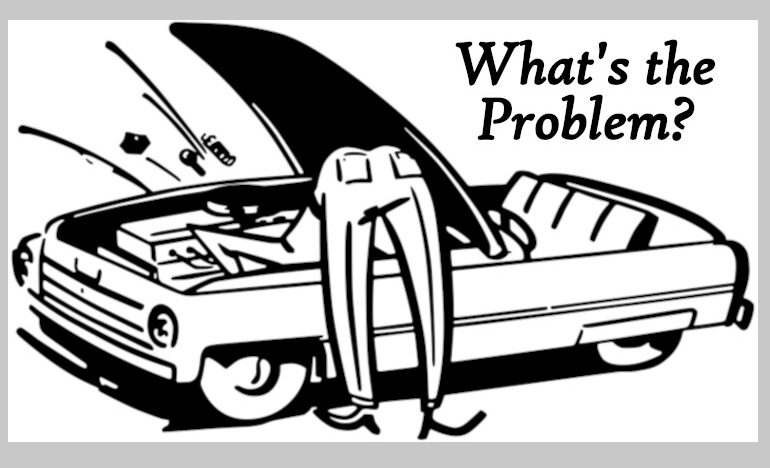November Taizé: Surrounded by a Cloud of Witness

Many cultures and traditions set aside special days to remember and prayer for their deceased. During our November Taizé prayer service, we will remember those who have passed on before us. Our theme is “Surrounded by a Cloud of Witness.”
About 20 people joined us of this service. Many of them brought photographs of deceased loved ones for whom we prayed during the Taize service.
Roman Catholics remember all those who have died — not just the great and the good, but the ordinary person in the street — on Nov. 2, which is known as All Souls’ Day. Families visit graves with bunches of flowers, and in church the names of the dead may be read out. In some parts of the country, All Souls’ Day ends with a play or some songs.
Our brothers and sisters from Latin America celebrate in a more elaborate way. Dia de los Muertos, or Day of the Dead, is a celebration of life and death. While the holiday originated in Mexico, it is celebrated all over Latin America with colorful calaveras (skulls) and calacas (skeletons).
Day of the Dead combines the ancient Aztec custom of celebrating ancestors with All Souls’ Day, a holiday that Spanish invaders brought to Mexico starting in the early 1500s. The holiday, which is celebrated mostly in Mexico on November 1 and 2, is like a family reunion — except dead ancestors are the guests of honor.
While Halloween is a dark night of terror and mischief, Day of the Dead festivities unfold over two days — November 1 and 2, the same as All Saints Day and All Souls Day in Christianity — in an explosion of color and life-affirming joy.
Marigolds are the iconic flower of the Day of the Dead. The Day of the Dead is deeply rooted in pre-Hispanic Aztec rituals blended with Roman Catholic traditions. But many of the indigenous symbols remain, including the vibrant and fragrant marigold. Monarch butterflies are traditionally believed to be returning loved ones.
You can celebrate Dia de Los Muertos or the Day of the Dead, not just on one day, but throughout the whole month of November. Here are some suggestions:
- Visit the gravesite of a loved one
- Take a picnic to the cemetery where your loved one rests
- Bake pan de muerto. …
- Set up an altar in your home
- Make your own sugar skulls. …
- Host a Day of the Dead feast. ..
- Dress up as a Catrina or Catrin.
Think traditional Mexican dresses, big, feathered hats, flower crowns, sugar skull face paint and the most important detail: color! Dress: Get creative! You can keep it simple with a traditional Mexican dress like an embroidered Puebla dress, or wear a long, flowy or fancy lace dress.
Download a program for the service here: Taize Service Worship Aid for November 3, 2022.
The event will be live streamed for our many friends who cannot be with us physically.
What is Taizé?
Taizé prayer is practiced throughout the world. It is a meditative candle-lit form of community prayer that includes simple chants sung repeatedly, silence and prayers of praise and intercession. In prayer, we enter the silence, stilling the mind, opening the heart, surrendering to the action of the Spirit ever molding us into the image of Christ. The candles used in the service symbolize the presence of the risen Christ, who conquered darkness and sin and offers new life to all humankind.
Taizé Prayer comes from an ecumenical, monastic community in France and has spread to numerous spots around the world.
From the depths of the human condition, a secret aspiration rises up. Today many are thirsting for the essential reality: an inner life, signs of the Invisible. Nothing is more conducive to communion with the living God than meditative common prayer. When the mystery of God becomes tangible through the simple beauty of symbols, when it is not smothered by too many words, then a common prayer awakens us to heaven’s joy on earth.
All the videos of our Taize prayer services are available here.
We’d Like to Hear From You!
We’d like to know what you think about this article. Send us a comment using the form below. Do you have a suggestion? Is there something you want to learn more about? Send us a note.
Related
Lent Video Six – Holy Week Meditation: ‘Remember Me As You Come Into Your Kingdom’
In today’s guided meditation, Fr. Ron again leads you into an intimate conversation with Jesus while holding a cross or crucifix in your hands.

What’s the Problem?
By Fr. Garry Richmeier, C.PP.S.
You can’t fix a relationship or a behavior like a mechanic fixes a car or a surgeon “fixes” a patient. Behaviors and relationships don’t have parts that can be fixed or replaced when the break or malfunction.
Categories
Assembling God's Puzzle Coffee with Padre Cooking & Spirituality Encounters of the 4th Kind Family Matters Reflections on the Eucharsitic Prayers Spiritual Resources Taize Prayers The Contemplative Life Traveling with Pilgrims of Hope Uncategorized Videos Week of Prayer for Uhristian Unity When you need a little help
